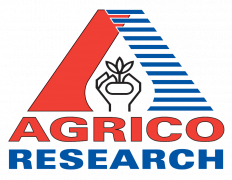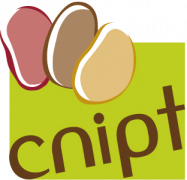Abstract
India is considered the second world’s major potato producing and consuming country after China. To determine the processing nutrient quality using standard protocols, 86 diverse potato genotypes were evaluated for different parameters under mid-hill conditions in Himachal Pradesh (Kufri-Shimla), India. Dry matter, specific gravity, TSS, protein, starch, glucose, carotenoids, Vit-C, and anthocyanin contents ranged from 16.35 ~ 28.36%, 1.06 ~ 1.113 (kg/L), 4.86 ~ 6.79 (oBrix), 0.83 ~ 3.43%, 10.59 ~ 20.72%, 10.73 ~ 25.13 (g/kg), 55.89 ~ 516.53 (mg/kg FW), 16.53 ~ 28.23 (mg/kg FW), respectively. Anthocyanin content in the flesh, skin, and whole tubers ranged from 0.07 ~ 8.34, 0 ~ 3.17, and 2.47 ~ 34.80 mg/kg FW, respectively. CP-4104, 4085(6), CP-4116, SSP. Andigina, B. 6739–2, BR 6609–7, MISO VALLEY, JUICE VALLEY, and TPS-13, which contained high dry matter (>20%), starch (>13%), specific gravity (>1.08), and total phenols in whole tubers (<30) are suitable for processing. One-way ANOVA analysis revealed significant differences for all these parameters. White, cream, and too-yellow coloured tubers producing genotypes took first place in this experiment among all-genotype tubers. Our lines namely Andigina, B 6739–2, 4085(6), and CP-4104 may be considered for processing given the quality of their potatoes produced. Based on our results, our study will conclude that several landraces available worldwide can be utilized in future breeding programs to develop new varieties that can produce processing-quality tuber.
Graphical abstract
Heatmap showing the ranks of 86 potato genotypes in relation to the processing quality biochemical parameters.















